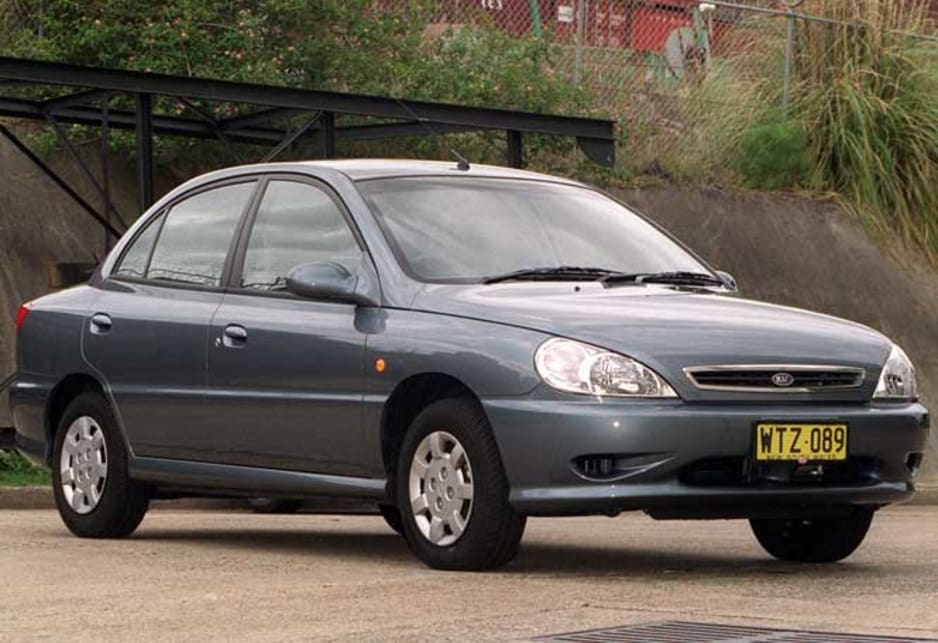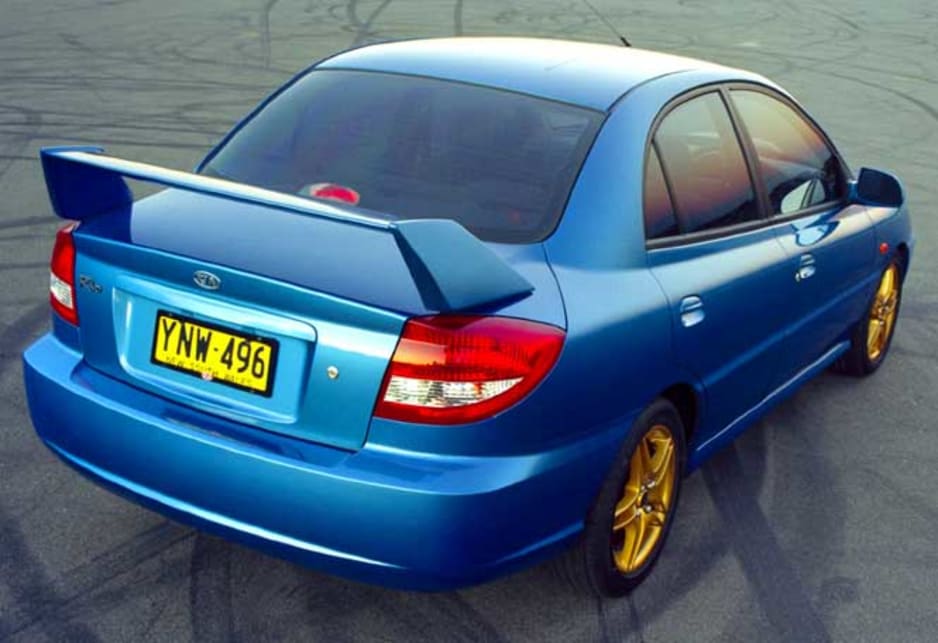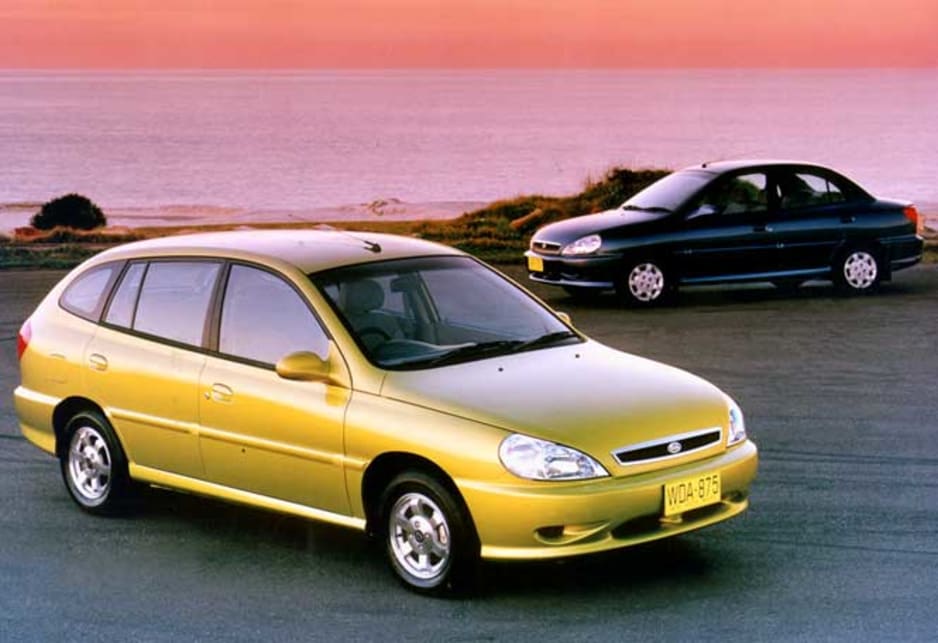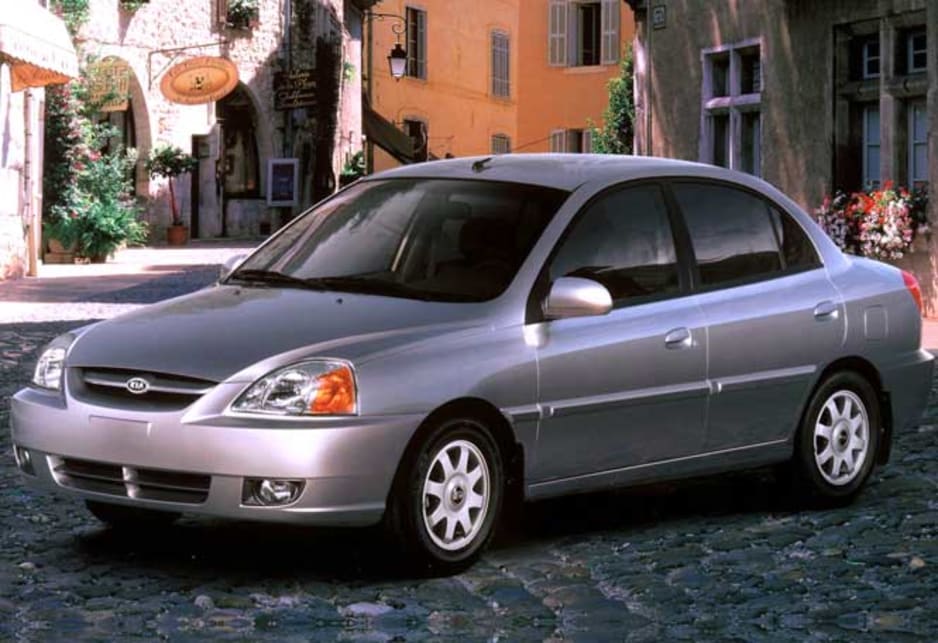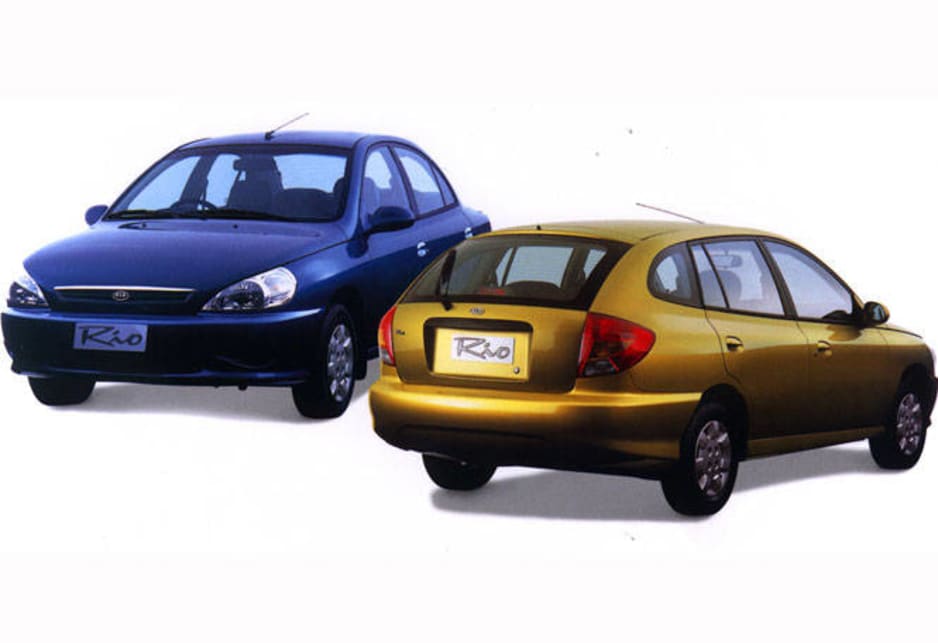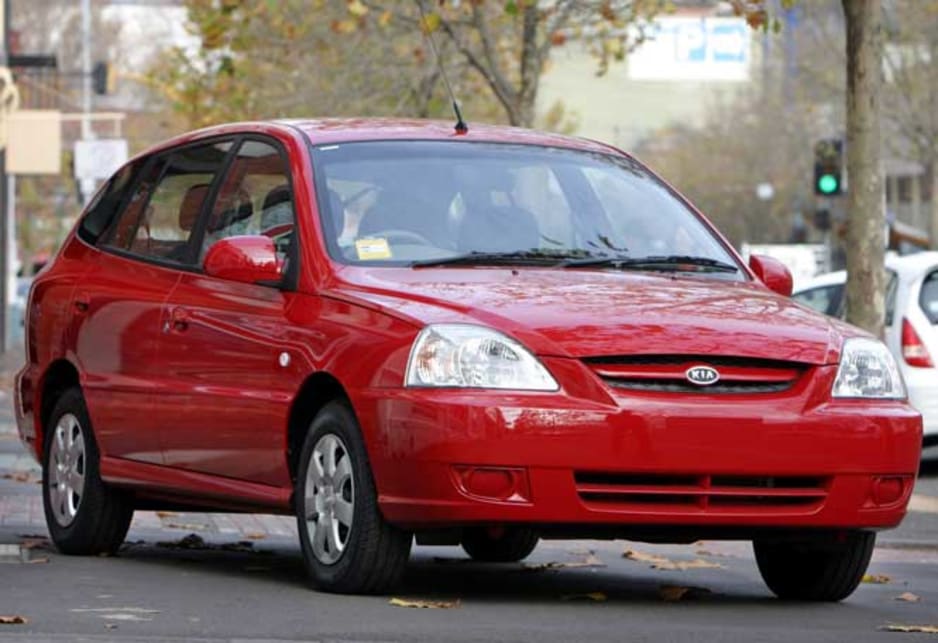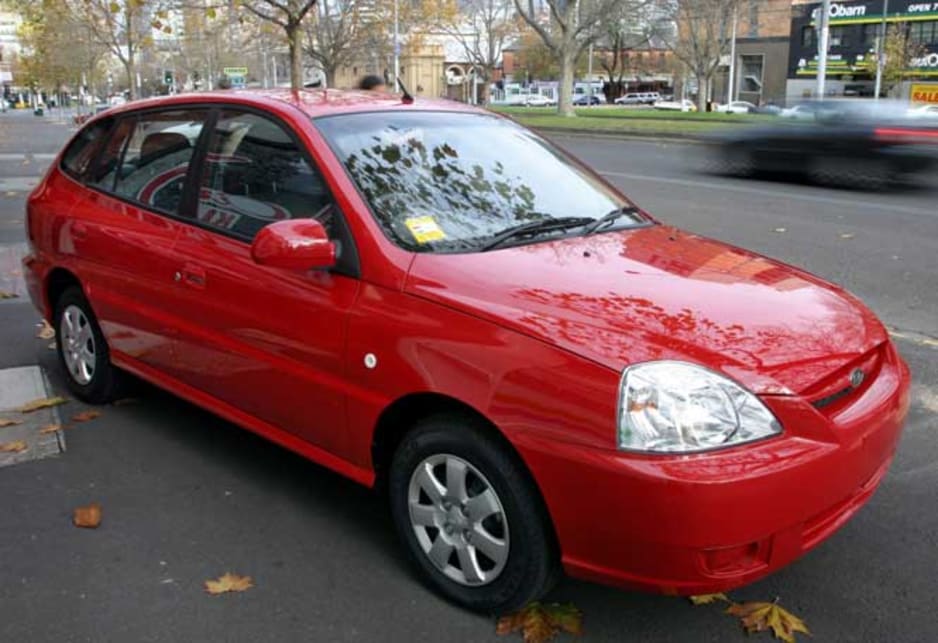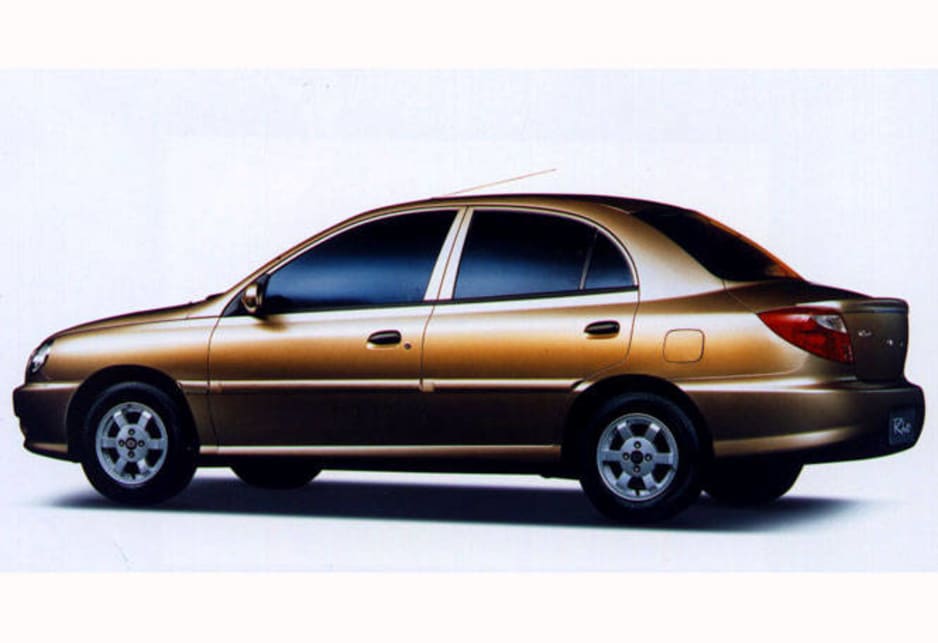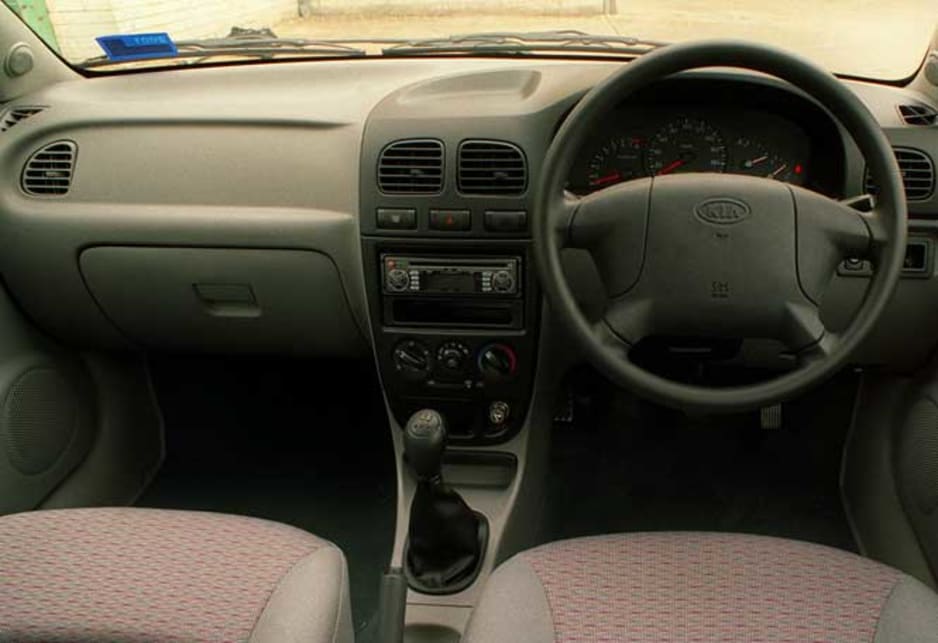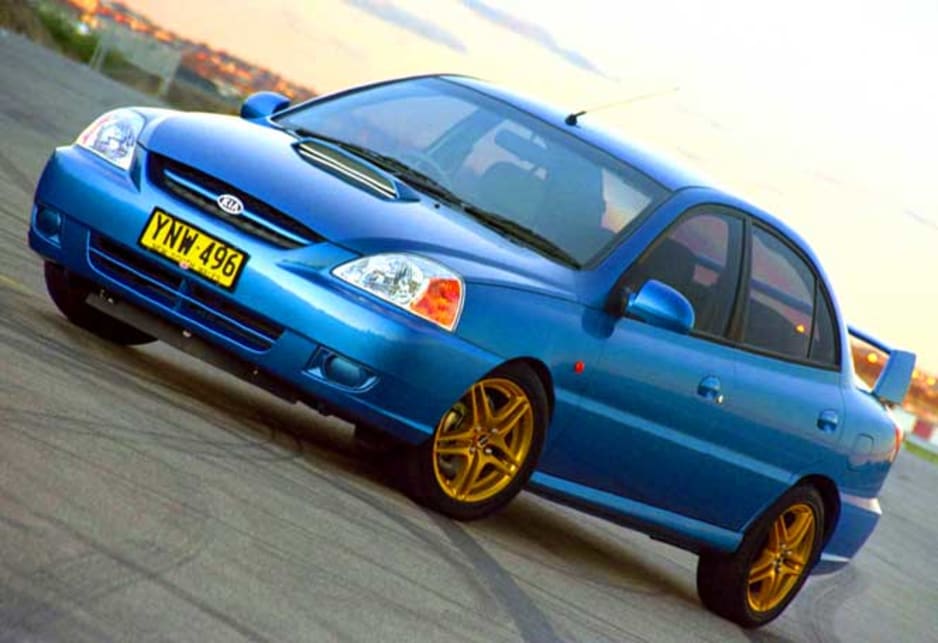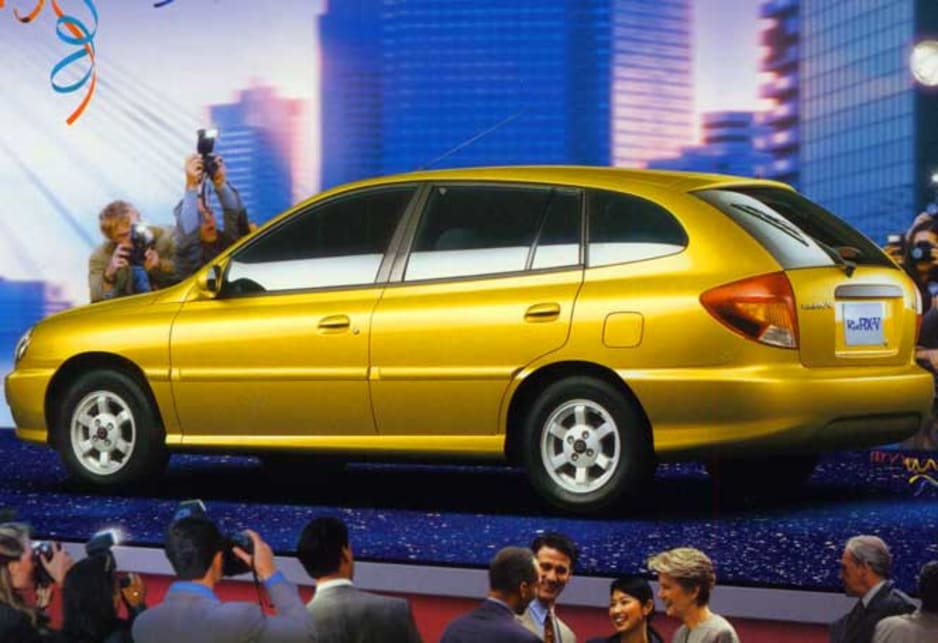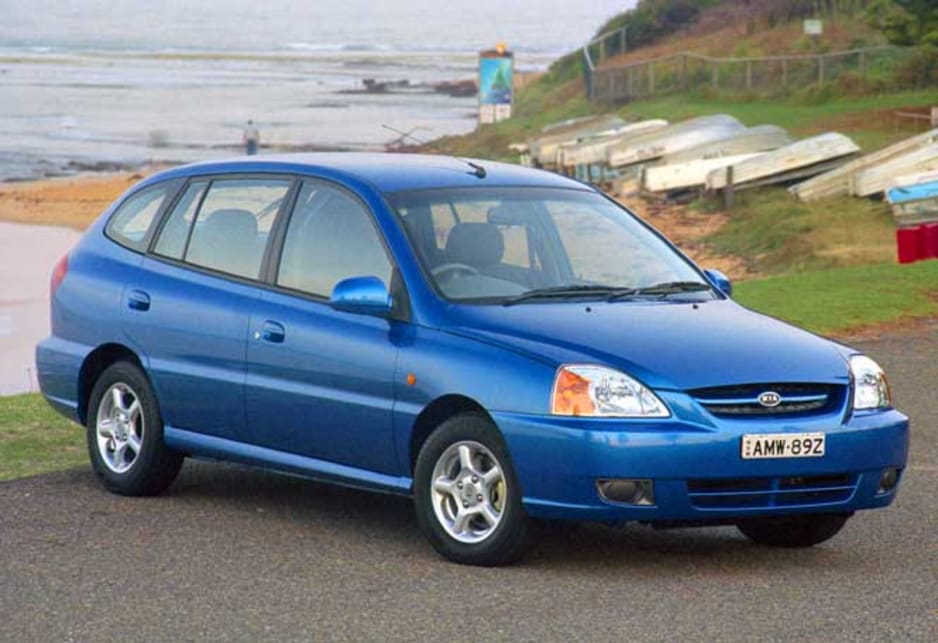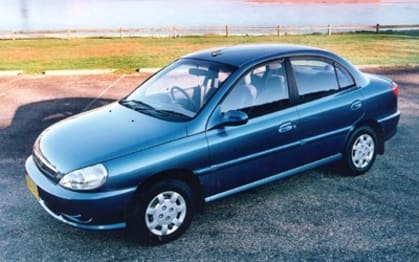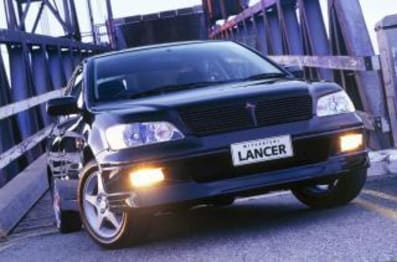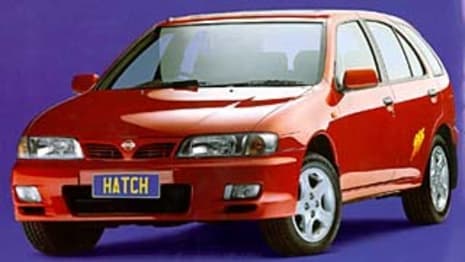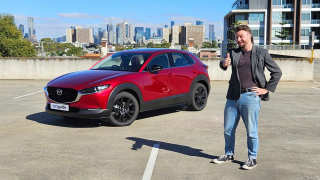
Used Kia Rio review: 2000-2004
- Kia Rio
- Kia Rio 2004
- Kia Rio 2000
- Kia Rio 2001
- Kia Rio 2002
- Kia Rio 2003
- Kia Rio Reviews
- Kia Reviews
- Kia Hatchback Range
- Kia Sedan Range
- Hatchback
- Sedan
- Kia
- Used Car Reviews
- Buying tips
Just as the Japanese carmakers did 40 years ago the Koreans changed our automotive landscape when they arrived in the 1980s. Hyundai was the brand that forged the path for others, like Kia, to follow. Hyundai’s pitch was based on affordable pricing with a comprehensive list of standard features. It was an irresistible value-for-money deal.
Kia was one the last to hit the local market when it launched its first models in the mid-1990s, but it too offered a similar deal with cheap and cheerful models with a decent array of features and pricing within the reach of just about everyone.
Like the other Koreans Kia put new cars within the reach of those who might not otherwise be able to afford a new model. By doing so they sent the used car market into free fall causing values to plunge.
MODEL WATCH
The Rio has been a popular small car since it replaced the Mentor in 2000. The Mentor was one of the first models Kia introduced here and while it struggled for sales as the brand built a following the Rio has taken the company to a new level of acceptance.
There were two body styles offered, a four-door sedan and a five-door hatchback. Both were quite well equipped with standard features like power steering, central locking, CD player, air-conditioning, and a driver’s side airbag. In other words they had just about everything a budget conscious buyer could want.
Both body styles were appealing without being eye-catching. They didn’t set any styling trends with their soft lines and plump curves, but they blended into the landscape without causing any visual offence.
Inside, they were roomy with quite good accommodation and plenty of luggage space. Those in the front had adequate head and legroom while those in the rear were squeezed in more tightly if you tried to fit three across the back seat.
The Rio was conceived as basic transport, it wasn’t a car that excited anyone with a passion for cars.
It had a perky 1.5-litre twin-cam four-cylinder engine boasting 77 kW at 5800 revs and 134 Nm at 4500 revs, which was enough to keep the Rio on the pace in the traffic scrum and cruise comfortably along the highway.
There was a choice of a five-speed manual gearbox or four-speed auto with drive through the front wheels.
Fuel consumption is one of the reasons for buying the Rio and it is generally good in that regard. It’s normal to achieve 6.5-8.0 L/100 km around town in the manual and 8.0-10.0 L/100 km in the auto.
The suspension does an adequate job. The handling is secure enough for most situations, but don’t try pushing it hard around corners or you’ll soon realise its grip limitations, while the ride is comfortable on smooth roads, but a little choppy on broken surface
A combination of disc front brakes and drum rears provides sufficient braking power, but there are no anti-skid brakes to prevent lockup.
An update in 2003 brought more equipment, bigger brakes and some suspension refinements that delivered more comfort and better response.
Like most of the Korean cars that have landed here to date the Rio’s build quality was variable, it lacked refinement and the fittings were course. Everything was there, but it didn’t quite come together in a fluid way.
IN THE SHOP
The Rio was built to a price so it has to be accepted that it won’t have the quality of higher priced cars.
Cars vary so much because of the inconsistent build quality it’s important to thoroughly check each individual car for its own faults.
Expect squeaks and rattles from the body, the interior trim fittings are likely to have deteriorated and looking the worse for wear, and there are likely to be noises from the suspension.
Early cars are likely to be approaching the time for a cam timing belt change, so check for a service record. Oil leaks are common so check the engine bay carefully.
Cheap cars like the Rio are often bought by people who can’t afford to service them properly and neglect them as a result. Regular servicing is just as important with the Rio as it is for more expensive cars.
IN A CRASH
A driver’s airbag was standard, but Kia didn’t offer a passenger’s airbag or anti-skid brakes.
OWNERS’ VIEWS
Ellis Olding has owned his Rio hatch three years and has been completely satisfied with it. He praises its comfort, luggage capacity, ease of handling and parking, and says the fuel consumption is excellent.
Belinda Stinten says her 2004 Kia Rio is economical to run, cheap to service if you don't go through a dealer, but instead find a service centre that will honour your new car warranty. She has had no major problems with it and is very satisfied overall.
Pauline Dunne loved Subarus, but turned to the Rio when she found the Subaru too expensive. She loves the Rio’s performance, comfort, style, roominess and economy, and would happily recommend it to anyone. She has says the service she has had from her dealer which has been excellent and inexpensive compared to the cost of servicing a Subaru.
Sam Nadella’s experience with the Rio was anything but positive. He says the 2003 Rio he once owned was a terrible car. It had more rattles than the 1986 Ford Laser he owned before it. There was a problem with the fuel rail, there was a water leak into the boot area that was traced to improperly applied body sealant, and the radio was replaced three times without success.
LOOK FOR
• roomy interior for small car
• good sized luggage space
• adequate performance
• lacks refinement
• good fuel economy
THE BOTTOM LINE
Cheap and cheerful small car with variable build quality and little refinement, but good fuel economy.
RATING
65/100
Pricing
| Year | Price From | Price To |
|---|---|---|
| 2004 | $2,420 | $4,290 |
| 2003 | $2,200 | $3,960 |
| 2002 | $2,040 | $4,070 |
| 2001 | $2,040 | $3,850 |
| 2000 | $2,040 | $3,850 |
Pricing guides
Range and Specs
| Vehicle | Specs | Price* | |
|---|---|---|---|
| (base) | 1.5L, ULP, 4 SP AUTO | $2,200 – 3,520 | 2000 Kia Rio 2000 (base) Pricing and Specs |
| (base) | 1.5L, ULP, 4 SP AUTO | $2,200 – 3,520 | 2000 Kia Rio 2000 (base) Pricing and Specs |
Other cars to consider
$2,200
Lowest price, based on third party pricing data


